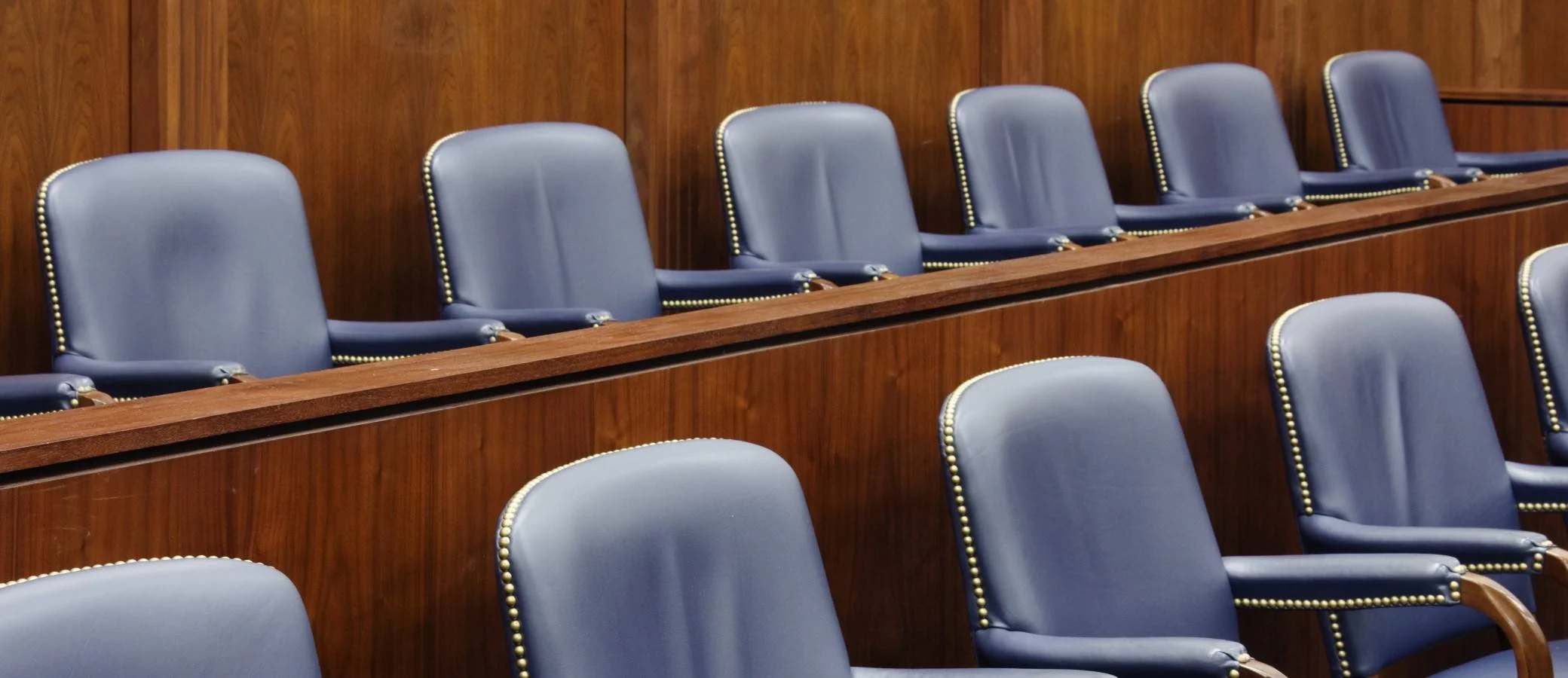Estimated reading time (in minutes)

Retaliation and Challenges Asset freezing is a common retaliatory measure used against dictators, as evidenced by the cases of Muammar Gaddafi, Zine El Abidine Ben Ali and Hosni Mubarak during the “Arab Spring”. This two-minute guide aims to shed light on how this punitive action works.
A retaliatory measure against dictators
When a dictator’s regime faces a major political upheaval or change of power, international organizations, such as the United Nations (UN) and the European Union (EU), may impose an asset freeze as a Answer. The goal is to prevent dictators and their associates from accessing their financial resources and to prevent them from using those funds for personal gain or to suppress opposition.
An asset freeze results in an immediate halt to all financial transactions involving the dictator and those close to him. It encompasses various assets including bank accounts, investments, real estate, luxury goods, and other valuables held inside or outside their country. The freezing aims to prevent the transfer, withdrawal or disposal of these assets, ensuring that they remain inaccessible to the targeted persons.
Implementing and Overcoming Asset Freeze Challenges
To enforce the freeze, international institutions are working with national governments, financial institutions and law enforcement. Governments are responsible for implementing legal mechanisms to freeze assets under their jurisdiction. Financial institutions, including banks, are required to monitor and block any suspicious transactions related to targeted individuals. Law enforcement agencies help investigate and prosecute any violations of the freeze.
The freezing of assets usually involves the creation of a list of designated individuals, such as the dictators themselves, their immediate family members, senior officials and influential supporters. These individuals are subject to financial sanctions and their assets are frozen based on evidence of their involvement in human rights abuses, corruption or other illicit activities.
The effectiveness of an asset freeze depends on several factors, including the willingness of governments to enforce the measures, the level of international cooperation, and the ability to track and identify hidden assets. Dictators often employ elaborate strategies to hide their wealth, such as using front companies, offshore accounts or trusted intermediaries. Overcoming these challenges requires strong international collaboration and financial intelligence capabilities.
While asset freezes aim to hold dictators accountable and prevent them from benefiting from ill-gotten gains, they are not without limits. Dictators can anticipate such moves and preemptively move their assets, making them difficult to track down and freeze. In addition, freezing assets does not guarantee the recovery of stolen funds or compensation for victims of abuse.
In conclusion, asset freezing is a retaliatory measure used against dictators, aimed at hindering their access to financial resources and limiting their ability to stay in power. By freezing assets, international institutions and governments seek to impose consequences for human rights violations and corruption. However, the effectiveness of these measures relies on international cooperation, financial intelligence capabilities and the resolution of problems associated with concealment of assets.
